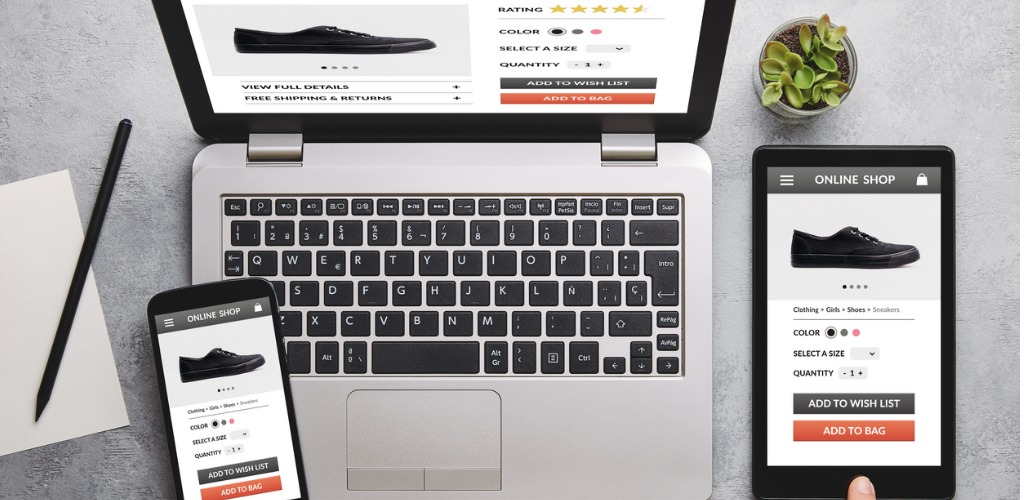Creating connected customer experiences with APIs

With customer data often locked up in silos, it’s difficult for retailers to connect everything together and deliver personalized experiences that customers expect. According to the 2019 Connectivity Benchmark Report, 84% of organizations are stalled by integration challenges. Close to half of all respondents reported more than 1,000 applications are being used across their business, but only 29% are currently integrated together, trapping valuable data in silos.
Traditional retailers need to merge their physical stores and digital capabilities to drive seamless omnichannel experiences that keep customers coming back. Retailers who are leveraging APIs and able to manage the entire API lifecycle are better equipped to deliver the connected and personalized experiences consumers want.
Retailers winning in the API economy
Globally athletic footwear and apparel company ASICS is building an application network to enhance customer experiences. When only 2% of ASICS’ revenue was generated through ecommerce, the company determined it needed a new approach to reach customers via digital channels. Complicating matters was that ASICS’ various global brands (e.g., Tiger, Haglofs) were using various legacy systems resulting in silos across regions. ASICS decided to migrate to a new ecommerce system, Salesforce Commerce Cloud, and invest in its digital capabilities to build personalized relationships with its customers.
Leveraging MuleSoft’s Anypoint Platform for API management and Salesforce integration with its backend systems, ASICS developed a robust global ecommerce platform in less than 6 months. Now, every piece of integration is a reusable asset across its portfolio of brands. For example, the “ASICS Email API,” which was created in the first project to streamline communications to customers about order shipments and changes in product inventory, will be reused dozens of times as the ecommerce platform is rolled out globally, allowing the developer teams to complete projects 2.5x faster.
Additionally, since 2011, iconic Asian luxury department store Lane Crawford has been investing in digital technology to deliver personalized, omnichannel customer experiences. To further advance the omnichannel experience that they’d pioneered, Lane Crawford launched a new mobile app powered by MuleSoft’s Anypoint Platform. By exposing customer data through APIs, they created a data-as-a-service platform to orchestrate unified views of customers and inventory.
The launch of its mobile application is just the start of the developments that Lane Crawford plans to launch as a result of creating an application network. The same APIs are leveraged across other digital channels including their website, and WeChat, one of China’s most popular text and voice messaging apps.
Unlock data to deliver connected customer experiences
Today, it”s more critical than ever to access and leverage data to drive true digital transformation in retail. In order to thrive in a competitive industry and meet customer expectations, retailers need to provide an integrated and seamless shopping experience for their customers by maintaining a strong physical store presence and leveraging multiple online channels (e.g. social media or text messages), devices (e.g. mobile or desktop), while – most importantly – leveraging the latest digital touchpoints (e.g. kiosks or smart shelf technologies). APIs will be the key that enables retailers to achieve this, unlocking data so it can flow seamlessly between channels.
Explore more on how retailers can use APIs to transform the digital retail experience here.



